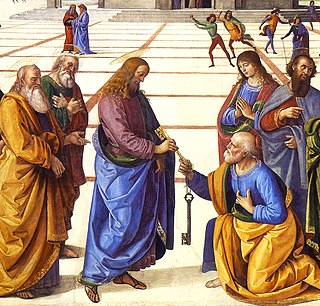 W
WThe captain general of the Church was the de facto commander-in-chief of the armed forces of the Papal States during the Middle Ages. The post was usually conferred on an Italian or other noble with a professional military reputation or (later) a relative of the pope.
 W
WProspero Colonna (1452–1523), sometimes referred to as Prosper Colonna, was an Italian condottiero in the service of the Papal States the Holy Roman Empire and the Kingdom of Spain during the Italian Wars.
 W
WThe Corsican Guard was a military unit of the Papal States composed exclusively of Corsican mercenaries on duty in Rome, having the functions of an urban militia and guard for the Pope.
 W
WLorenzo Cybo Malaspina was an Italian general, who was duke of Ferentillo.
 W
WThe Gonfalonier of the Church or Papal Gonfalonier was a military and political office of the Papal States. Originating from the use of the Papal banner during combat, the office later became largely ceremonial and political. At his nomination, the Gonfalonier was given two banners, one with the arms of the Church and another with the arms of the reigning pope. The Gonfalonier was entitled to include ecclesiastical emblems upon his own arms, usually only during his term of office but on occasion permanently. Pope Innocent XII ended the rank, along with the captaincy general, and replaced them both with the position of Flag-bearer of the Holy Roman Church, which later became hereditary in the Naro Patrizi.
 W
WHermann Kanzler was a German general who commanded the Army of the Papal States and was the arms minister during the reign of Pope Pius IX. He led Papal forces during the Battle of Mentana against Italian troops.
 W
WThe Palatine Guard was a military unit of the Vatican. It was formed in 1850 by Pope Pius IX, who ordered that the two militia units of the Papal States be amalgamated. The corps was formed as an infantry unit, and took part in watch-keeping in Rome. The only occasion on which it saw active service was during the token resistance on 20 September 1870 to the occupation of Rome by Italian government troops.